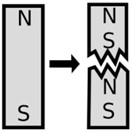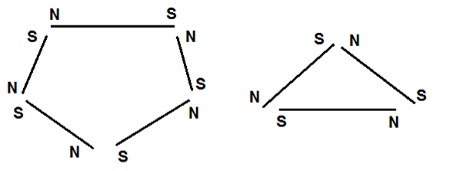Weber's theory
Weber's theory, also known as the molecular theory of magnets, states that a magnet can split into an indefinite number of parts. These parts do not lose the properties of magnets and maintain their magnetic poles.
In addition to this, it also states that each magnetic molecule is made of a small magnet known as a molecular magnet. On the other hand, the process of magnetization is about aligning the molecular magnets to form magnetic rows, which are called magnetic fillets, the ends of which are located at the poles formed.
Weber's theory was discovered by Wilhelm Eduard Weber, a German physicist. Weber studied terrestrial magnetism and was the inventor of the electromagnetic telegraph and an electrodynamometer. He then elaborated the molecular theory of magnets, which was later refined by Langevin.
Principles of Weber's theory
The force possessing a north and a south pole is the same. On the other hand, at the moment the substance detected in the materials is magnetized. The molecules align themselves so that the south pole points in one direction and the north pole points in the opposite direction. This alignment of the molecules is known as the substance being saturated with magnetism.
Conversely, if the magnets are not magnetized, the molecules are not aligned so they are randomly oriented, creating a closed loop.
If we look at the electrons from the point of view of the electrons, they rotate and orbit like the earth. This spinning creates a magnetic field, depending on the direction of rotation there will be one direction of magnetism or another.
As soon as a magnet is struck, the molecules begin to vibrate rapidly, releasing the attraction fields that are located at the poles, forming a closed group, and as a consequence, the magnetism weakens. Another way to lose or weaken the magnetism of the magnet is to subject it to high temperatures, the movement of the molecules goes faster, as well as the kinetic energy it produces and the same as the other way of demagnetization. The clusters close, weakening the magnetism. During the demagnetization of the magnet, the ability of the magnet to retain the residual magnetic field from the moment the magnetization is absent from the magnet will appear, this is known as retentivity.










